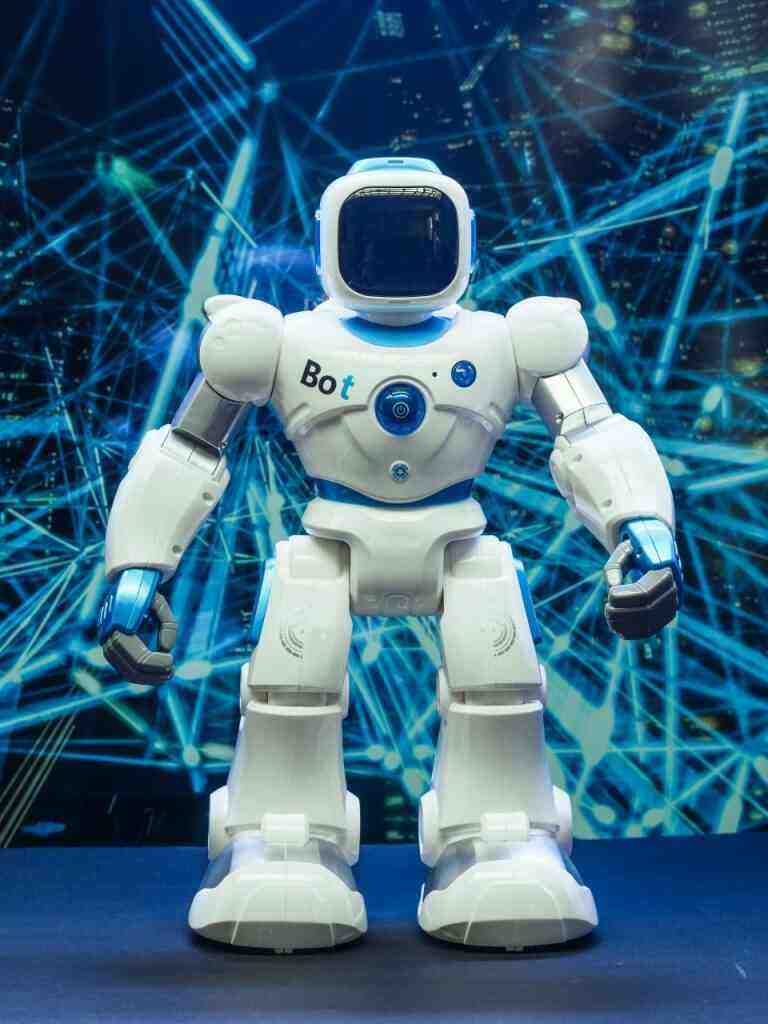BMW Embraces Humanoid Robots for Manufacturing: A New Partnership with Figure Robotics
In a groundbreaking move that signals a new era in manufacturing, BMW has joined forces with Figure, a leading robotics startup, to introduce general-purpose humanoid robots into its manufacturing plant in Spartanburg, South Carolina, USA. This collaboration marks a significant step towards automating challenging, hazardous, and repetitive tasks in the manufacturing process, revolutionizing the way cars are made.
Revolutionizing Manufacturing with Humanoid Robots
The humanoid robots, designed by Figure, are no ordinary machines. They possess the versatility to perform a wide range of tasks, thanks to their advanced sensors, actuators, and algorithms. These robots can navigate complex environments, manipulate objects with precision, and collaborate with human workers, making them ideal for various applications within the automotive industry.
Unlike traditional industrial robots, which are typically fixed in place and programmed to perform specific tasks, humanoid robots are mobile and can be easily reprogrammed to handle different jobs. This flexibility makes them a valuable asset in a manufacturing environment where tasks can change frequently.
Phased Deployment and Performance Evaluation
BMW’s initial deployment of humanoid robots will be conducted in small quantities, allowing the company to carefully assess their performance and identify potential improvements. The robots will undergo rigorous testing and evaluation to ensure they meet the stringent safety and quality standards set by BMW.
During this initial phase, the robots will be assigned to tasks that are currently performed by human workers, such as assembling components, welding, and inspecting vehicles. BMW will closely monitor the robots’ performance, collecting data on their productivity, accuracy, and safety.
Long-term Vision: Increased Productivity and Safety
If the initial deployment proves successful, BMW plans to expand the use of humanoid robots across its manufacturing facilities. The company anticipates that these robots will significantly improve productivity, reduce costs, and create a safer and more consistent work environment.
By automating challenging and repetitive tasks, humanoid robots can free up human workers to focus on more creative and fulfilling roles. This can lead to increased job satisfaction and motivation among employees, potentially resulting in higher productivity and innovation.
In addition, humanoid robots can help to reduce the risk of accidents and injuries in the workplace. By performing tasks that are hazardous or physically demanding, robots can help to protect human workers from harm.
A Glimpse into the Future of Manufacturing
BMW’s partnership with Figure represents a glimpse into the future of manufacturing. It showcases the potential of general-purpose robots to transform industries by automating complex and demanding tasks, enabling human workers to focus on more creative and fulfilling roles.
As technology continues to advance, it is exciting to envision the future possibilities and advancements that may arise from this collaboration. Humanoid robots could one day be used to perform a wide range of tasks in manufacturing, from assembling vehicles to painting them, and even designing new models.
Additional Details about the Partnership
– The training of the humanoid robots is estimated to take between 12 and 24 months before they can be integrated into BMW’s manufacturing process.
– The Spartanburg plant assembles approximately 1,500 X-Series and XM series models daily, making it one of BMW’s largest and most important manufacturing facilities.
– The facility employs over 11,000 individuals and is recognized as the largest automotive exporter in the US by value.
Conclusion
BMW’s partnership with Figure marks a pioneering step towards the integration of humanoid robots in manufacturing. The successful implementation of these robots has the potential to revolutionize the industry, leading to increased productivity, reduced costs, and a safer work environment.
As technology continues to advance, it is exciting to envision the future possibilities and advancements that may arise from this collaboration. Humanoid robots could one day become ubiquitous in manufacturing, transforming the way cars are made and revolutionizing the automotive industry.
